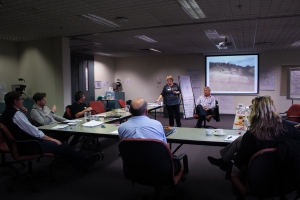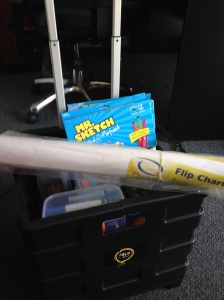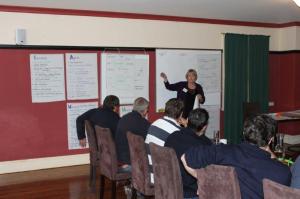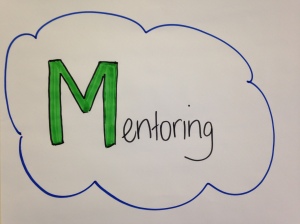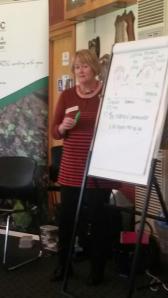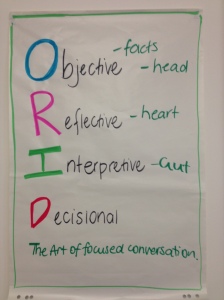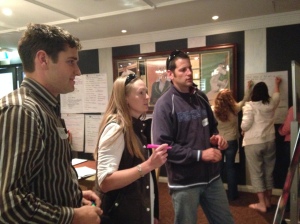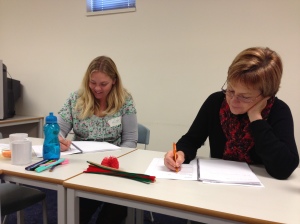Helping Adults Learn
When planning any training or extension events for adults consider what’s important for them to learn. The pioneer of adult learning was Malcolm Knowles, he identified the six principles of adult learning provided below.
1. Adults are internally motivated and self-directed
- Encourage adults to take an active role in their own learning. Recognise their individual motivations for participating and remember we resist learning when we feel forced to participate.
- Time spent establishing the group at the beginning to build trust is time well spent. It builds rapport with you as the facilitator/trainer and with the other members of the group encouraging participants to be actively involved. It can also provide an insight into the individuals motivations for attending.
- Encourage participants to share and explore ideas before providing the facts.
- Give constructive useful feedback – however, before doing this check in with the participants to ensure they are open to receiving it.
- Choose activities that are relevant to the participants work and life.
- Consider preferred learning styles of participants and cater for all types –VARK Learning Styles
2. Adults bring life experiences and knowledge to learning experiences. This may include work-related activities, family, previous education and general life experience.
- Ask them to share their experiences about the topic and help them to connect their learnings with their work/life experiences.
- Listen carefully to the experiences shared and relate this to the theory.
- Adults learn as much from others in the room as they do from the trainer – provide opportunities to talk and share experiences.
3. Adults are goal-oriented
- Ask them about their personal expectations / goals for the activity. Record these and reflect back on them during the workshop – are their goals being met? Check in at the end of the workshop to see if they have been achieved.
- Be clear about your goals and outcomes for the workshop/activity.
- Show them how specific learning experiences may fit with their goals.
4. Adults are relevancy-oriented
- Provide choices for participants where appropriate so they can choose what they consider to be the most relevant to their circumstances.
- Explain the relevance of activities you ask participants to do.
- Relate theory to practical experiences and outcomes.
5. Adults are practical. They like to be able to apply their knowledge
- Provide them with opportunities to visit trials or demonstrations – get them out in the field.
- Include speakers who have been successful in applying the theory to explain or show how it worked in their circumstances.
- Include practical activities where ever possible.
- No-one likes to sit and listen all day! Especially farmers who are used to being active and outside.
6. Adult learners like to be respected for the considerable life experiences they bring.
- Treated them as equals.
- Provide opportunities for them to voice their own opinions.
- Let them plan their next steps and take responsibility for their learning journey.
- Provide support through coaching and mentoring.
Finally adults come along to training events and activities to network and meet other like minded people. Ensure everyone has the chance to introduce themselves to the group, provide clear easy to read name tags and allow time in the breaks for networking.
